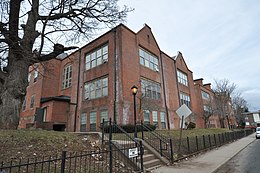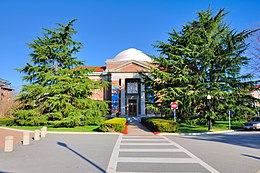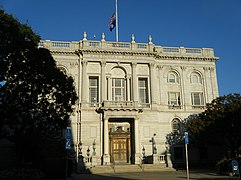
Peabody & Stearns was a premier architectural firm in the Eastern United States in the late 19th century and early 20th century. Based in Boston, Massachusetts, the firm consisted of Robert Swain Peabody (1845–1917) and John Goddard Stearns Jr. (1843–1917). The firm worked on in a variety of designs but is closely associated with shingle style.

Charles Henry Owsley (1846–1935) was an English-born American architect in practice in Youngstown, Ohio from 1872 until 1912.
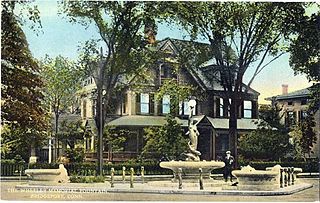
Joseph Walter Northrop (1860–1940) was an American architect.

Robert W. Gibson, AIA, was an English-born American ecclesiastical architect active in late-nineteenth- and early-twentieth-century New York state. He designed several large Manhattan churches and a number of prominent residences and institutional buildings.

Leoni W. Robinson (1851-1923) was a leading architect in New Haven, Connecticut.

Smith & Bassette was an architectural firm based in Hartford, Connecticut. Its partners included H. Hilliard Smith and Roy D. Bassette. It was active from 1911 to 1946.

Fuller & Delano was an architectural firm in Worcester, Massachusetts, active from 1878 until 1942. It originally consisted of architects James E. Fuller and Ward P. Delano. The firm designed more than 20 buildings that were later listed on the U.S. National Register of Historic Places.
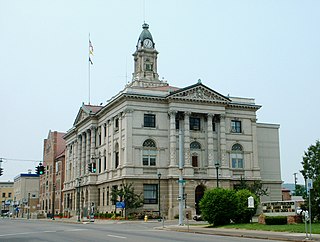
Pierce & Bickford was an American architectural firm active in Elmira, New York from 1891 to 1932. It was formed as the partnership of architects of Joseph H. Pierce (1855-1932) and Hiram H. Bickford (1864-1929), with later partner Robert T. Bickford (1894-1988).

Allen & Collens was an architectural partnership between Francis Richmond Allen and Charles Collens that was active from 1904 to 1931. Allen had previously worked in the Boston-based partnerships Allen & Kenway (1878–91) and Allen & Vance (1896–98), which executed Lathrop House (1901) and Davison House (1902) at Vassar College. The firm was known for its Gothic Revival design work.

Harding and Seaver was an architectural firm based in Pittsfield, Massachusetts, active from 1902 to 1947. It was the partnership of architects George C. Harding (1867–1921) and Henry M. Seaver (1873–1947).

George W. Longstaff (1850-1901) was an American architect practicing in Bridgeport, Connecticut.

William M. Butterfield (1860–1932) was an American architect from New Hampshire.

Wilfred Elizur Griggs (1866–1918) was an American architect from Waterbury, Connecticut.

Robert W. Hill was an American architect from Waterbury, Connecticut. He was one of Connecticut's most important 19th century architects.

The 1917 Noah Webster Memorial Library building is a historic library building at 7 North Main Street in West Hartford, Connecticut. Built to a design by the Hartford firm Davis & Brooks, it is a prominent local example of Colonial Revival architecture. It housed the town library between 1917 and 1937, and later served as a YMCA/YWCA hall and a senior center. It was listed on the National Register of Historic Places in 1981. It is now used as a commercial space.
Wilson Potter was a New York City-based architect. A number of his works are listed on the National Register of Historic Places.
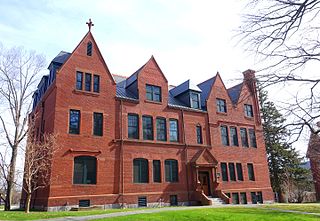
William C. Brocklesby (1847-1910) was an American architect practicing in Hartford, Connecticut.
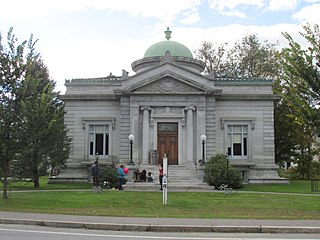
William H. McLean was an American architect from Boston, Massachusetts. He is best known for the design of public libraries, many of which he designed as a member of the firm of McLean & Wright.

Francis R. Richmond (1851-1907) was an American architect practicing in Springfield, Massachusetts.

Dudley St. Clair Donnelly (1870-1937) was an American architect practicing in New London, Connecticut in the late nineteenth and early twentieth centuries.




